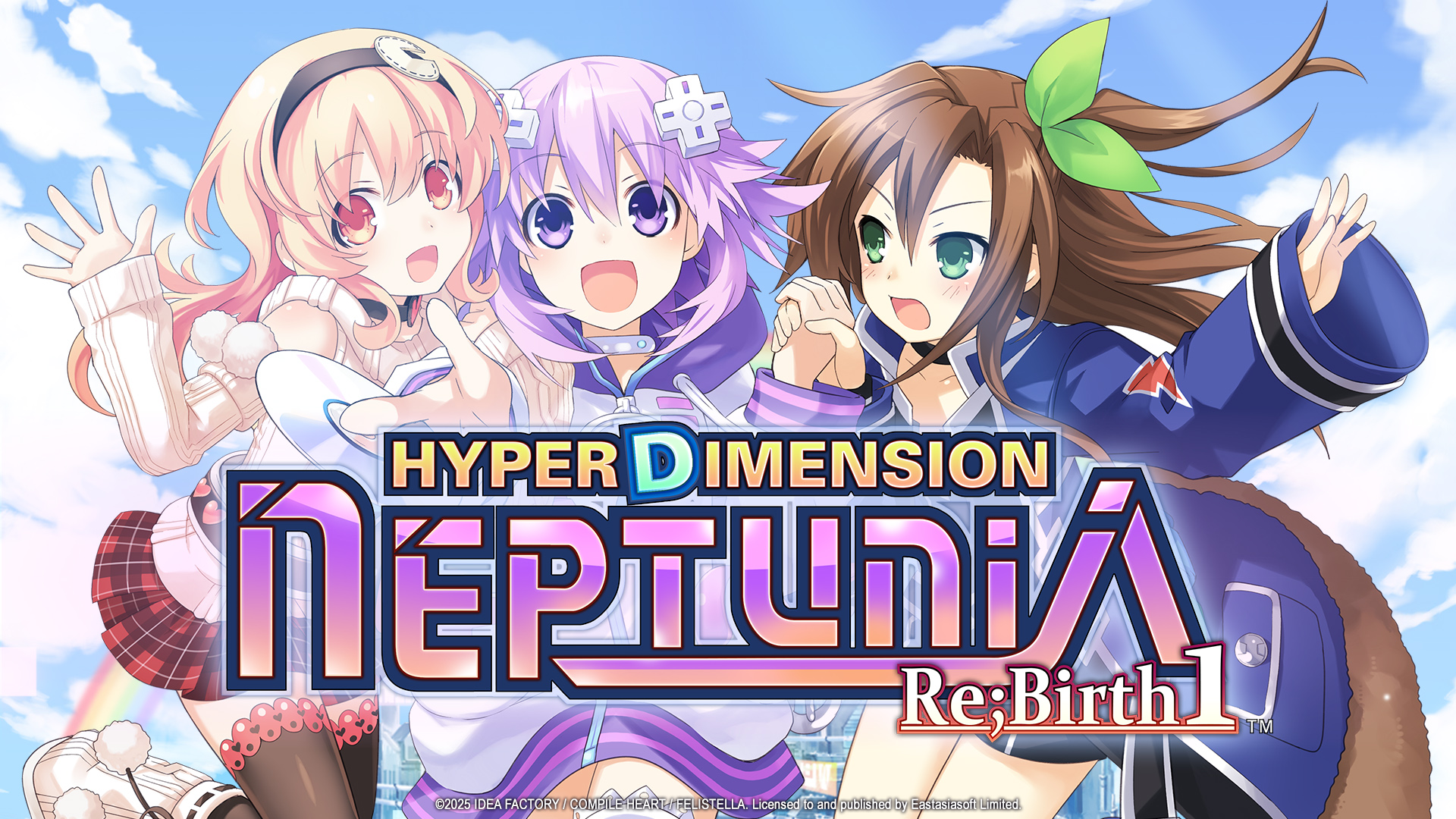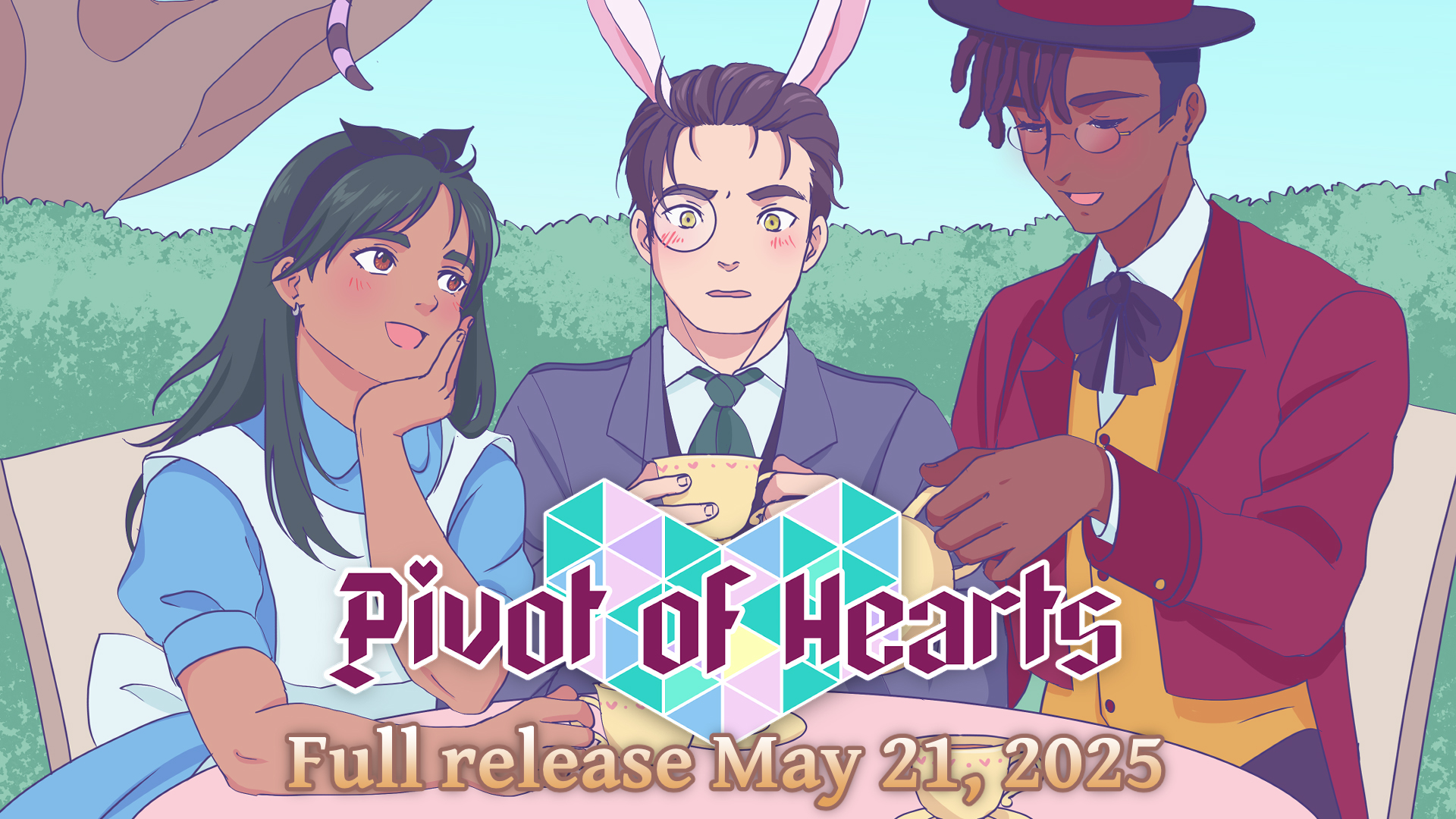I had no idea that Amerzone existed until about ten minutes before I was playing it. Apparently, this is a remake of a 1999 title, based on an even earlier comic by the legendary Benoît Sokal (known to many non-comic aficionados as the guy whose name is attached to the Syberia series). It is exceptional, though you’re going to need to brace yourself for some Myst-like puzzles and exploration, and we don’t see too much of that these days.
Before we get to the gameplay, though, what you need to know about Amerzone is that it weaves an incredible tale. You follow the story and footsteps of Alexandre Valembois, an explorer who discovers and needs to save a species of magical white bird that lives in the depths of the (fictional, obviously) South American nation of Amerzone.
The problem is that Valembois’ best friend turns into the kind of dictator that South America specialises in, and turns Amerzone into a place that is not particularly safe to live in, explore, or be too noticeable within.
There is a lot going on in this narrative. On the surface level, it weaves an exceptional story of exotic adventure, intrigue, and drama. You get to delve deep into the untouched jungle of Latin America, meet animals, birds and plants that defy description, and try to save a mythical bird species, all while a brutal dictator is trying to stop you.
But there’s more to it than that. The dictator is a fascinating character, initially driven by a desire to protect the native land, before becoming obsessed with modernising the nation and in the process driving it into ruin. Another major character is a Jesuit priest, who then tries to convert the native people to Christianity, only to end up feeling some pretty severe guilt. It’s perhaps not the most original story that we’ve ever seen. Narratives about power corrupting people into dark shadows of their former selves, and anti-colonial sentiment being expressed through missionaries being conflicted characters are not exactly uncommon. However, the way it’s carefully pieced together as you explore such a vivid and memorable series of locations helps Amerzone to stand out.
This is an old-school point-and-click adventure that is very much like Myst in execution. Your character can’t really “walk” around. Rather, the game is essentially a series of photographs, and by clicking the “move forward” command, you can move from the photograph that you’re currently in, to the next photograph, several steps down the road. In Myst, the game that pioneered this approach, those photographs were largely static. Here they’re teeming with animation and life, but movement through them – and thus the game itself – is very deliberate and even sedate.
In each of these “pictures” you’ll be able to interact with various objects in the environment. A great many of these will be related to puzzles that you need to solve to move on. Other objects will be there to give you hints, or fill you in on the lore and history of the world. As a journalist myself I greatly enjoyed carefully piecing meaning together from reading through these notes, observing the environment, and the environmental storytelling of the puzzles.
Those puzzles can be very difficult, although to the great credit of people involved in the game, they’re never what I would consider to be unfair. Far too often with point-and-click adventure games, puzzles degenerate into a MacGyver situation (showing my age with that reference), where you need to somehow figure out that by combining a coat hanger with a bowl of tomato soup and a stick of gum, you create just the right bomb to melt the lock that seems to have no key. With Amerzone, the puzzles all have answers that are explained to you, if you’re paying attention and carefully observant of the world around you.
There are even two difficulty settings for people who really don’t like their puzzlers. “Traveler” mode provides far more hints and resources to make the puzzles easier to overcome. You’ll still need to figure out the solution, and I do appreciate the developers requiring you to get that last mile on your own initiative, as it makes progress through the game feel more earned.
That being said I do recommend Adventurer mode. It’s more difficult, but consequently more rewarding, and while it’ll take longer to get through the more challenging puzzles, think about it this way: In any given adventure game you only get to play it once before it becomes “solved” and you’ll never get to enjoy the experience of progressing through it again… so why would you let yourself down by cheapening the puzzles on that first play through?
Again, I didn’t have the privilege of playing the original 1999 release of Amerzone, so I have nothing to compare it to, but this remake has been rebuilt entirely in Unity, and it may well be the finest-looking Unity game I’ve ever played. The art direction is atmospheric, the graphics detailed, and aside from some pop-in here and there, it’s one of the most immersive adventure games I’ve played. You could argue that the static nature of movement through the world makes this level of art “easier”, but nonetheless, the attention to detail is exquisite.
We live in an era where games that have puzzles need to lead players by the nose to their solution, for fear of the player getting stuck and giving up. Anything that truly challenges the player is anathema to modern design best practice. That’s why Amerzone is such a rare treat. It looks the part of a modern game, tells an exceptional story with a page-turning quality that only one of history’s finest comic book artists could achieve, and is willing to throw some genuine puzzles at the player. If you’ve got the resolve for it, then you’re in for a ride with this one.
















